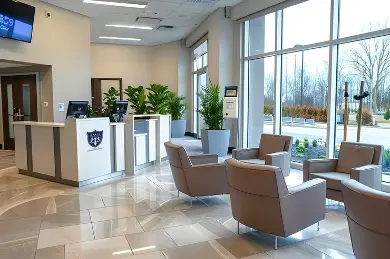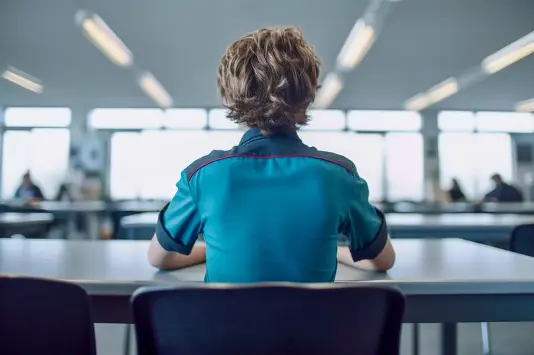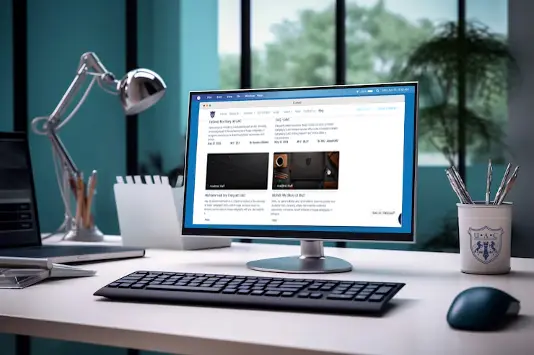Diploma in Arabic Calligraphy
Restoration and Preservation

Program Overview
The Diploma in Arabic Calligraphy Restoration and Preservation provides specialized training in the restoration and preservation of historical calligraphic manuscripts and artworks. The program emphasizes the techniques and principles required to restore damaged calligraphic works, ensuring their longevity and maintaining their cultural significance for future generations. It prepares students to work in museums, archives, libraries, or as independent conservators.
Frequently Asked Questions (FAQ):
This diploma program provides specialized training in the restoration and preservation of historical Arabic calligraphic manuscripts and artworks. It focuses on techniques and principles needed to restore damaged works, ensuring their longevity and maintaining their cultural significance.
The program is ideal for individuals interested in preserving Arabic calligraphic heritage, including those seeking careers in museums, archives, libraries, or as independent conservators. It is also suitable for professionals already in the field looking to enhance their skills.
To develop skills for restoring historical calligraphic manuscripts and artworks.
To understand and apply conservation and preservation principles.
To maintain the physical and aesthetic integrity of historical calligraphy through various techniques.
The program duration is between 12 to 18 months, depending on whether you choose to study full-time or part-time.
The program requires a total of 30 credits and involves approximately 750 hours of study.
Graduates can pursue careers as art restorers or conservators, cultural heritage consultants, independent conservation specialists, archival managers, or researchers and educators in the field of Arabic calligraphy.
A background in fine arts, art history, or Arabic calligraphy is recommended. Applicants should have a basic knowledge of calligraphy and familiarity with conservation techniques. Application requirements include a statement of intent, a resume, and a portfolio demonstrating relevant experience.
The program offers both full-time and part-time study options to accommodate various schedules and commitments.
The curriculum covers principles of restoration, conservation techniques, hands-on restoration projects, historical preservation, advanced restoration methods, and a capstone restoration project. You will also learn about ethical considerations and decision-making processes in the restoration of calligraphic works.
Yes, the program includes practical components such as restoration projects and a capstone project, where students gain hands-on experience in restoring damaged calligraphic works. These projects allow students to apply their knowledge and skills in real-world scenarios.
Assessments include examinations, portfolio reviews, and project evaluations. The final assessment involves a comprehensive examination and a review of the student's restoration portfolio by a panel of experts.
You can apply by submitting a statement of intent, your resume, and a portfolio showcasing your previous work in calligraphy or art restoration. Detailed application instructions are available on the UAC website.
Yes, graduates are awarded the "Diploma in Arabic Calligraphy Restoration and Preservation," which certifies their expertise in the restoration and preservation of historical calligraphic works.
While a formal background is recommended, individuals with a strong interest in calligraphy restoration and a willingness to learn are encouraged to apply. The admission team considers each applicant's experience, passion, and potential.
Further details, including the application process and program specifics, are available on the University of Arabic Calligraphy (UAC) website or by contacting the admissions office.




